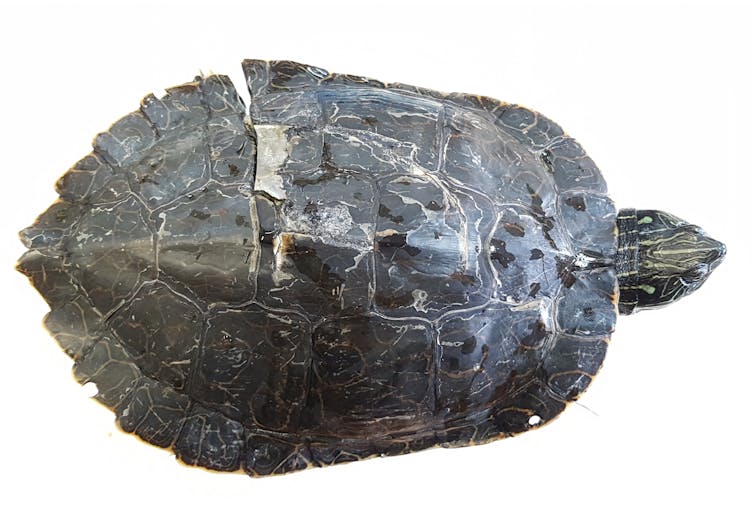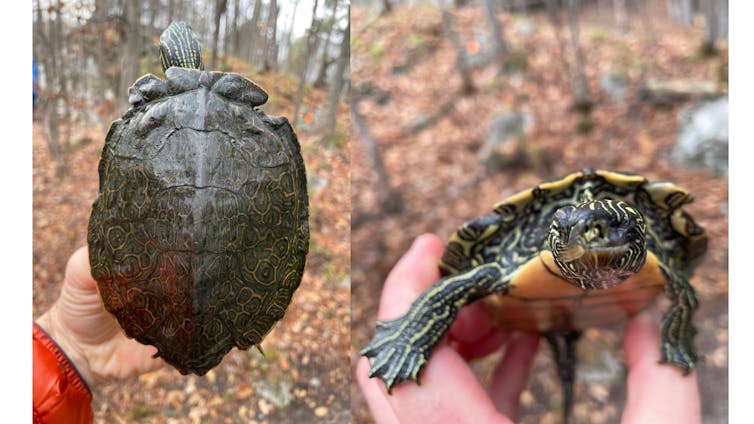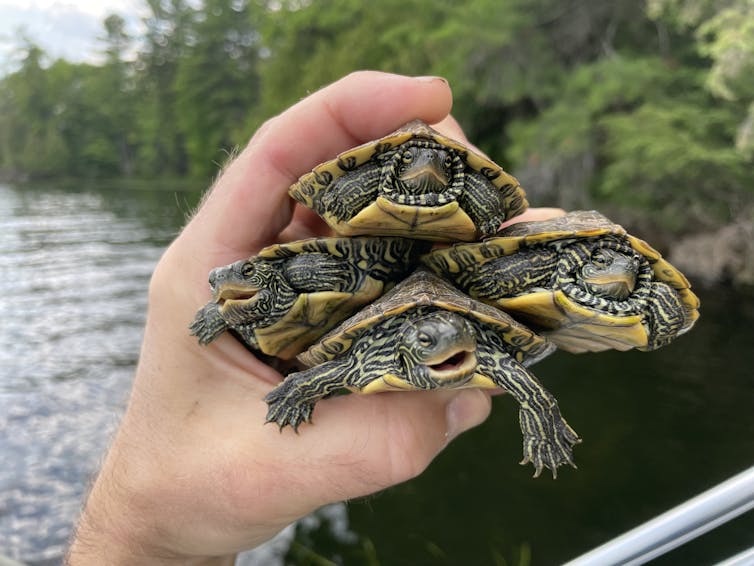This essay about the otter was originally published as part of “The Great Canadian Creature Feature” in the June/July issue of Cottage Life.
I have never really understood the choice of the beaver as Canada’s national symbol. Yes, they helped build an international fur industry many believe is largely responsible for establishing Canada as a player (by almost being hunted into extinction). Amazingly, they don’t seem to hold a grudge about that. But looking at the animal objectively, it’s a slow-moving, chubby, flat-tailed creature that eats constantly and builds dams. Additionally, it’s viewed as an industrious animal that is always working hard. It has a Protestant work ethic. Well, maybe the beaver is a better symbol for Canadians than I originally thought.
But if I may offer up an alternative suggestion…the adorable otter.
First of all, there are two kinds of otters in this world (this world being Canada). I’m sure there are other otters somewhere else on this planet. They are such wonderful and amazing creatures,
I don’t believe the Creator would have limited them to just one continent.
River otters populate much of the fresh waterways of this country; sea otters frolic along the Pacific coast. River otters, of which I am kin to as they are my clan, are the ones I am most familiar with.
My partner, who hails from halfway up the B.C. coast, is more acquainted with the other kind. So, I am including both species in my argument.
River otters are one of the few animals, which, once grown, retain an innate sense of fun. My kin are famous for gleefully sliding down snow-covered hills, then racing back up to do it over and over again. They are sleek, fast, endearing—and amazing fishermen. They rule the Canadian rivers and lakes.
My partner’s otters, the ones with the big moustaches, are more well-known for cracking clam shells on their chests with rocks, and holding each other’s paws while sleeping. They too were once practically hunted to extinction by those pesky two-legged creatures. Equally adorable and amazing, sea otters are also known for taking life pretty easy, by just floating along on the kelp, watching the world go by as they lounge on their backs. All that’s missing is a can of beer and some sunglasses.
River otters in particular are at home both in the water as well as on land, living in burrows or tunnels; both species are social and communicative. Meanwhile, beavers? They say ‘no man is an island,’ but beavers practically make their own islands.
In the world of boxing, beavers would be the heavyweights. Larger, heftier, a little more clumsy, good at weightlifting trees. And yes, they can hold their own in the water. But the otter is leaner, faster, and much more agile. Frequently it can dance around the beaver.
I think I’ve made my case. Otters epitomize everything we could be and should try to attain. In this next life, I could expect no greater move on the evolutionary or karmic scale than to return as an otter.
I have spoken.
8 fun facts about otters (with adorable gifs)
Facts & figures
A deep dive: Underwater, an otter can hold its breath for up to eight minutes at a time.
Baby time! Otter offspring are born in the spring; by July and August, mothers move their babies from beaver pond nurseries into larger lakes—there’s better fishing.
Miss Congeniality: Otters are among the friendliest of the mustelids. They’ll happily swim close to canoes and other boats.
Read more essays from “The Great Canadian Creature Feature” to read more of our favourite writers making the case for their pick for the most Canadian animal in the June/July 2021 issue of Cottage Life.










